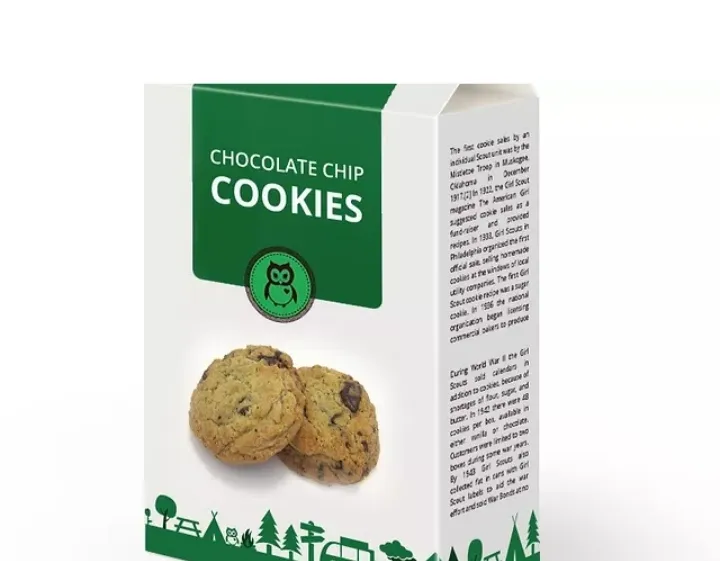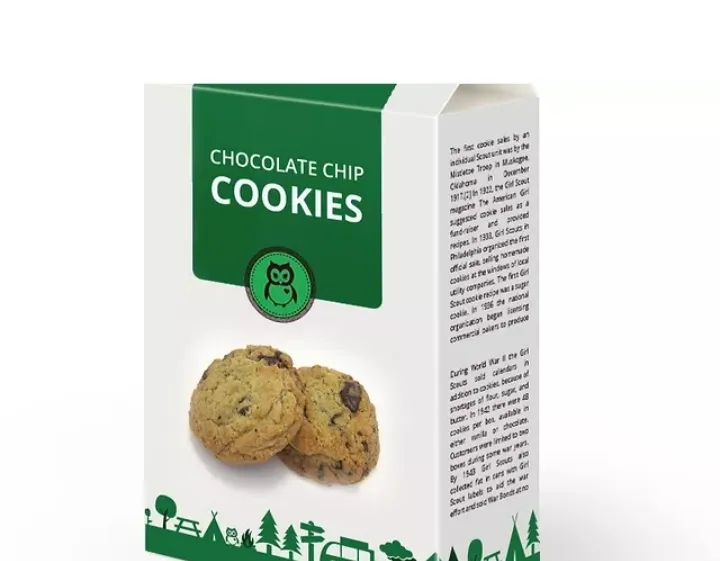List of mentions for labels - nutrition

- Foods preserved in certain gases: foods that in order to increase their shelf life are packaged using gases. In this case it must be possible to read "packed in a protective atmosphere".
- Foods containing sweeteners: on the label of foods that have among their components one or more accredited sweeteners, they must be able to read <,< con edulcorante[s] >,>,, this recognition must be written together with the designation of the food.
- The label of foods containing both sugars and sugars in addition to one or more recognized sweeteners must be able to read: <,< con azúcar[es] y edulcorante[s] >,>,, this acknowledgement must be written in conjunction with the food designation.
- On the label of foods containing aspartame or accredited aspartame-acesulfame salt among its components , it must be possible to read: <,< contiene aspartamo [una fuente de fenilalanina] >,>, or the mention <,< contiene una fuente de fenilalanina >,>,.
- On the label of foods containing more than 10% of authorized added polyols in their composition, it must be possible to read: <,< un consumo excesivo puede producir efectos laxantes >,>,.
Beverages with a caffeine content or foods with added caffeine:
- On the label of beverages [with the exception of those produced from coffee, tea or tea or coffee extracts, where the food designation incorporates the terms <,< café >,>,or <,< té >,>,] manufactured for the purpose of consumption without modification or addition, containing caffeine, whatever the origin thereof, with a dose exceeding 150 milligrams per liter. It must be possible to read: <,,>,.
- On the label of foods with added phytosterols, phytosterol esters, phytostanols or phytostanol esters: it must be possible to read: <,< con esteroles vegetales añadidos >,>,or <,< con estanoles vegetales añadidos >,>,.
- On the label of frozen meat, frozen meat preparations and frozen unprocessed fishery products: it must be possible to read: <,< fecha de congelación >,>,. If the product has undergone repeated freezing processes, the date of the first freezing must be indicated.
Aspects to take into account when reading and evaluating the nutritional information:
- Evaluate the size of the portions, in order to assess whether the information corresponds to the portion to be consumed. The portions or unit of consumption may be small, in such a situation the consumption is of several units so that the nutritional information does not really cover what is ingested. It is therefore appropriate to multiply the nutritional values by the exact number of servings.
- It is not recommended to consume foods high in calories, a portion should not exceed 120-150 kilocalories per 100 grams in solids, or more than 20 kilocalories per 100 in liquids. On the other hand, if it does not provide energy content, it is advisable that it does not exceed 4 kilocalories per 100 milliliters.
- The doses of carbohydrates and simple sugars should be regulated, and the amount of fiber should be controlled. It is recommended to increase the consumption of fiber and decrease the consumption of simple sugars.
- Products labeled "low sugar content" should not contain more than 5 grams in 100 grams or 2.5 grams in 100 milliliters.
- It is important to evaluate the fat content and its quality. Foods containing high doses of saturated fats [butter, animal fats, coconut or palm oil] and trans fats [margarines] are harmful to the body. On the other hand, foods rich in monounsaturated and polyunsaturated fatty acids [olive, sunflower, corn and soybean oils] are generally beneficial and healthy.
- It is advisable to analyze the salt content, the food should not have more than 0.3 grams per serving. The WHO even advises that the adult individual should not exceed 5 grams of salt per day. A food can be considered "low sodium/salt" if its content does not exceed 0.12 grams of sodium per 100 grams or 100 milliliters.
Want to learn more about holistic nutrition?

